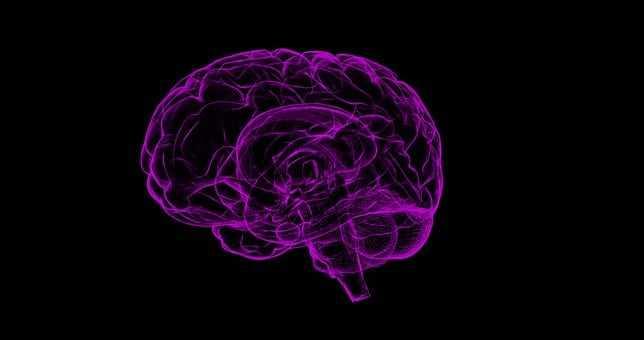Why Is the Human Brain So Efficient?
Curated from: nautil.us
Ideas, facts & insights covering these topics:
6 ideas
·4.97K reads
50
Explore the World's Best Ideas
Join today and uncover 100+ curated journeys from 50+ topics. Unlock access to our mobile app with extensive features.
The human brain vs. the computer
When we contemplate which has more problem-solving power, the brain or the computer, we might think that the modern computer would come out on top. Indeed, computers have been built and programmed to beat human masters in complex games, such as chess.
However, humans still trump computers in many real-world tasks, such as identifying a particular pedestrian on a crowded city street. Computers are unable to beat humans at conceptualization and creativity.
268
1.19K reads
Advantages of computers
Comparing the computer and the brain has been instructive to both computer engineers and neuroscientists.
- Computers are faster with basic operations, at a speed of 10 billion operations per second, while the brain can perform at about a thousand basic operations per second.
- The computer has considerable advantages in the precision of basic operations. A 32-bit computer has a precision of 1 in 4,2 billion, while the brain has a precision of 1 in 100 at best.
220
862 reads
Serial and parallel processing
The brain is not slow nor imprecise in performing calculations.
For example, a professional tennis player can follow the trajectory of a tennis ball after it is served at speed as high as 160 miles per hour, move to the best spot, position his arm, and swing the racket to return the ball within a few hundred milliseconds. It can accomplish all these tasks with power consumption about tenfold less than a personal computer.
This is all possible because the brain employs serial and parallel processing, while computer tasks are mainly performed in serial steps.
223
762 reads
Parallel processing
The brain takes advantage of the large number of neurons (100 billion neurons) and the large number of connections each neuron makes. (100 trillion synapses)
Each neuron collects inputs from and sends output to many other neurons. At the same time, many neurons that work on the same information can pool their data to the same downstream neuron, thereby enhancing the precision of information processing.
227
704 reads
Signaling mode
In the signaling mode of their elementary units, the computer and the brain have similarities and differences. The transistor in a computer employs digital signaling, which uses zeros and ones to represent information. The brain uses digital as well as analog signaling.
Another important property of the brain is that the connection strengths between neurons can be changed in response to activity and experience. Repetitive training enables the neuronal circuits to become better configured and results in improved speed and precision.
216
606 reads
Improving computer design
Over the years, engineers have taken inspiration from the brain to improve computer design.
The principles of parallel processing and use-dependent modification of connection strength have been incorporated into modern computers, for example, increased parallelism such as the use of multiple processors in a computer, and deep learning in the discipline of machine learning and artificial intelligence.
Yet the brain is still superior in flexibility, generalizability, and learning capability. As more secrets about the brain are uncovered, engineers can take more inspiration from the working of the brain to improve computers.
219
847 reads
IDEAS CURATED BY
Camille A.'s ideas are part of this journey:
Learn more about health with this collection
How to create a positive work environment
Techniques for cultivating gratitude and mindfulness at work
How to find purpose in your work
Related collections
Similar ideas
7 ideas
4 ideas
3 ideas
Read & Learn
20x Faster
without
deepstash
with
deepstash
with
deepstash
Personalized microlearning
—
100+ Learning Journeys
—
Access to 200,000+ ideas
—
Access to the mobile app
—
Unlimited idea saving
—
—
Unlimited history
—
—
Unlimited listening to ideas
—
—
Downloading & offline access
—
—
Supercharge your mind with one idea per day
Enter your email and spend 1 minute every day to learn something new.
I agree to receive email updates

